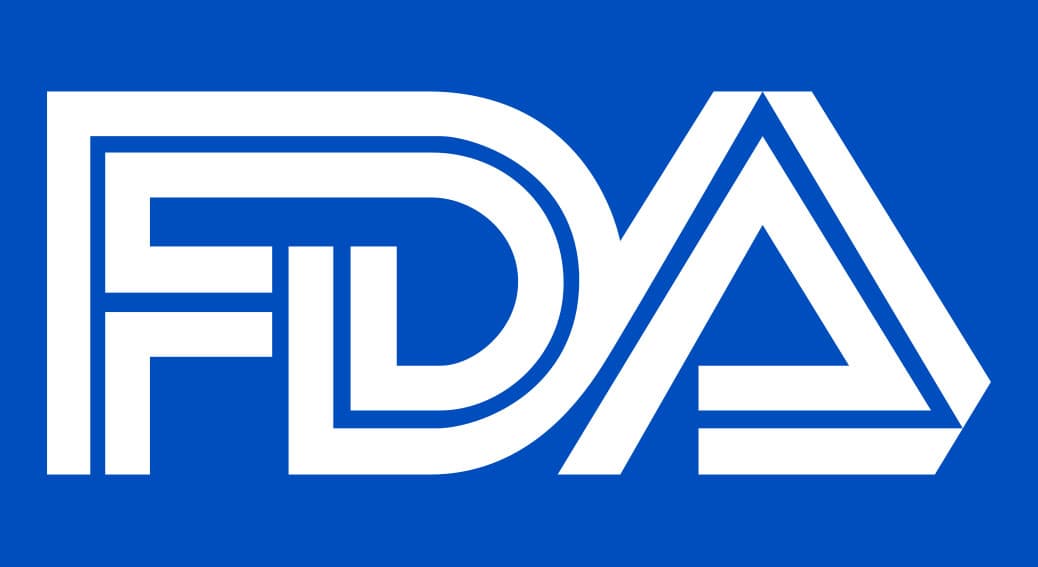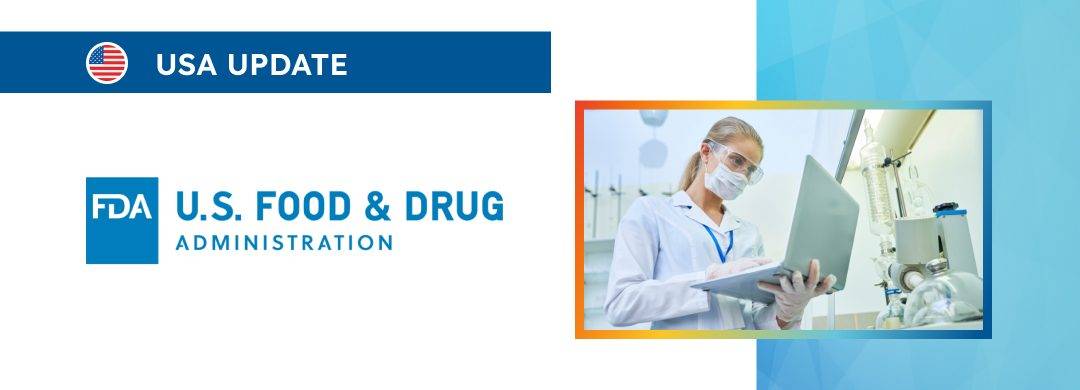The article highlights the aspects related to the definition of shortage and the steps the authority takes to mitigate the associated risks.

Table of content
The Food and Drug Administration (FDA or the Agency), the US regulating authority in the sphere of healthcare products, has published a guidance document describing the approach to be followed when notifying the FDA of a permanent discontinuance or interruption in manufacturing of a device under Section 506J of the FD&C Act.
The document provides an overview of the applicable regulatory requirements, as well as additional clarifications and recommendations to be taken into consideration by medical device manufacturers and other parties involved to ensure compliance with them.
At the same time, provisions of the guidance are non-binding in their legal nature, nor are they intended to introduce new rules or impose new obligations.
Moreover, the authority explicitly states that an alternative approach could be applied, provided such an approach is in line with the existing legal framework.
It has been agreed with the authority in advance.
Definition and Assessment of Device Shortage
The FDA defines a “shortage” under Section 506J(j)(2) of the FD&C Act as a period when the demand or projected demand for a medical device within the United States exceeds its supply. To determine if a medical device is in shortage, the FDA considers a range of factors, including:
- Supply disruptions, as indicated by 506J notifications and additional manufacturer information.
- Distribution pressures from distributors and group purchasing organizations.
- Demand projections from users like patients, healthcare providers, and hospitals.
- International factors such as export restrictions.
- Preventive or mitigating actions by manufacturers, the FDA, or other stakeholders.
This comprehensive analysis of available data and information guides the FDA in addressing potential device shortages during a Public Health Emergency (PHE).
It informs the issuance of Emergency Use Authorizations (EUAs) and other mechanisms like enforcement discretion, expediting inspections or premarket reviews, and collaboration with federal partners.

Process for Identifying Device Shortages
As further described in the document, the FDA methodically reviews each 506J notification, alongside additional supply and demand data, to ascertain whether a device is in shortage.
This ongoing process involves monitoring various indicators of supply and demand, international factors, and actions taken to prevent or mitigate shortages.
All relevant and reliable information at the time of decision-making is considered.
FDA Device Shortage List
It is also important to mention that to ensure traceability shortages, mandated by Section 506J(g), the FDA maintains an up-to-date list of devices in shortage on its website.
This list reflects the categories of devices identified as in shortage. It includes details like the device’s category or name, the manufacturer’s name, the reason for the shortage, and its estimated duration.
Reasons for the shortage can range from manufacturing practice compliance, regulatory delays, component shortages, manufacturing discontinuance, shipping delays, sterilization delays, increased demand, or facility closures.
The FDA works with manufacturers to ensure the accuracy and appropriateness of the information before making it public.
However, the agency may choose not to disclose the information if it could negatively impact public health, such as by leading to hoarding or disrupting device availability.
Anticipatory Actions in Advance of a Public Health Emergency
The FDA guides scenarios likely considered“before a public health emergency”. These scenarios include actions by the Department of Health and Human Services (HHS), such as activating the National Disaster Medical System, authorizing disease research, or issuing an EUA for a drug or device.
They also encompass determinations by federal or state agencies regarding biological, chemical, radiological, nuclear agents, or military emergencies.
In such cases, the FDA intends to conduct outreach or notify manufacturers about the applicability of section 506J of the FD&C Act.
The agency also advises manufacturers to submit notifications for events communicated by the FDA, such as CBRNE events or outbreaks like MRSA, to facilitate effective collaboration and mitigate negative impacts on patients and healthcare providers.
Conclusion
In summary, the present guidance outlines the key elements of the FDA approach to determining and managing medical device shortages, as outlined in the provided abstract.
It covers the definition of a shortage, the factors considered in determining shortages, the maintenance of a shortage list, and the preparatory actions in anticipation of public health emergencies.
How Can RegDesk Help?
RegDesk is an AI-powered Regulatory Information Management System (RIMS) designed to simplify global compliance for medical device companies. With regulatory intelligence covering 120+ markets, RegDesk helps you prepare and publish global submissions, manage standards, conduct impact assessments, and stay ahead of regulatory changes all from a single, centralized platform. Expanding into new markets has never been easier.

